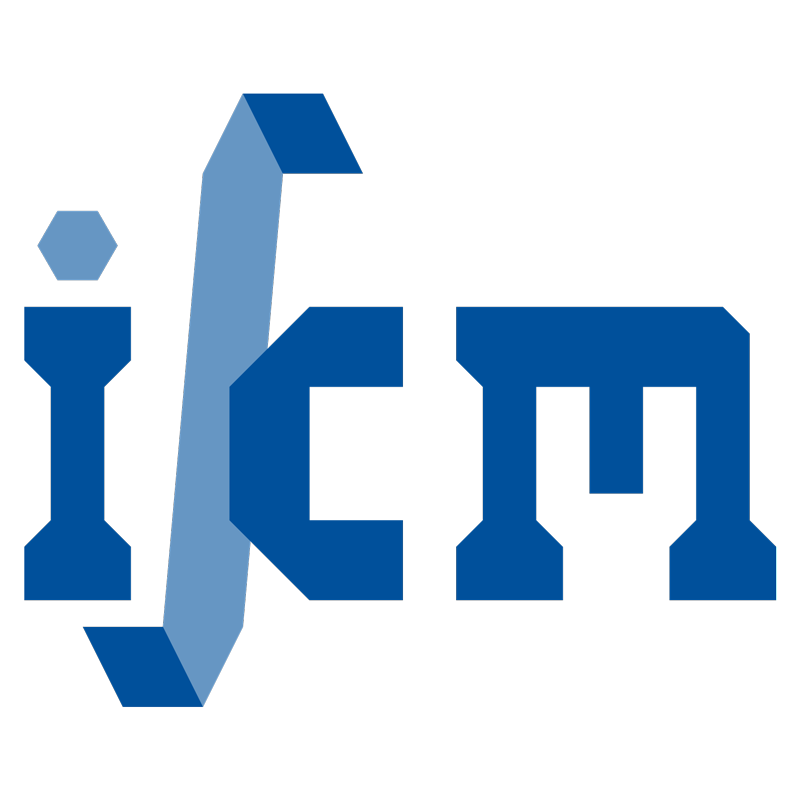Multilevel Monte Carlo method for topology optimization of flexoelectric composites with uncertain material properties
- verfasst von
- Khader Hamdia, H Ghasemi, XY Zhuang, T Rabczuk
- Abstract
We present an efficient multilevel Monte Carlo (MLMC) method for the topology optimization of flexoelectric structures. A flexoelectric composite consisting of flexoelectric and purely elastic building blocks is investigated. The governing equations are solved by Non-Uniform Rational B-spline (NURBS)-based isogeometric analysis (IGA) exploiting its higher order continuity. Genetic algorithms (GA) based integer-valued optimization is used to obtain the optimal topological design. The uncertainties in the material properties and the volume fraction of the constituents are considered to quantify the uncertainty in the electromechanical coupling effect. Then, a multilevel hierarchy of computational meshes is obtained by a uniform refinement according to a geometric sequence. We estimate the growth rate of the simulation cost, in addition to the rates of decay in the expectation and the variance of the differences between the approximations over the hierarchy. Finally, we determine the minimum number of simulations required on each level to achieve the desired accuracy at different prescribed error tolerances. The results show that the proposed method reduces the computational cost in the numerical experiments without loss of the accuracy. The overall computation saving was in the range 2.0-3.5.
- Organisationseinheit(en)
-
Institut für Kontinuumsmechanik
- Externe Organisation(en)
-
Arak University of Technology
Ton Duc Thang University
- Typ
- Artikel
- Journal
- Engineering Analysis with Boundary Elements
- Band
- 134
- Seiten
- 412-418
- Anzahl der Seiten
- 7
- ISSN
- 0955-7997
- Publikationsdatum
- 01.01.2022
- Publikationsstatus
- Veröffentlicht
- Peer-reviewed
- Ja
- ASJC Scopus Sachgebiete
- Allgemeiner Maschinenbau, Computational Mathematics, Analysis, Angewandte Mathematik
- Elektronische Version(en)
-
https://doi.org/10.1016/j.enganabound.2021.10.008 (Zugang:
Geschlossen)


